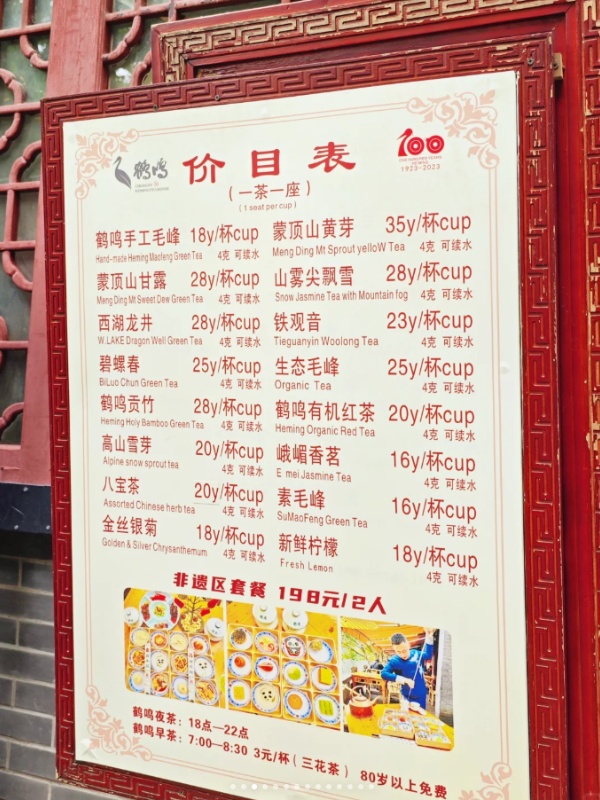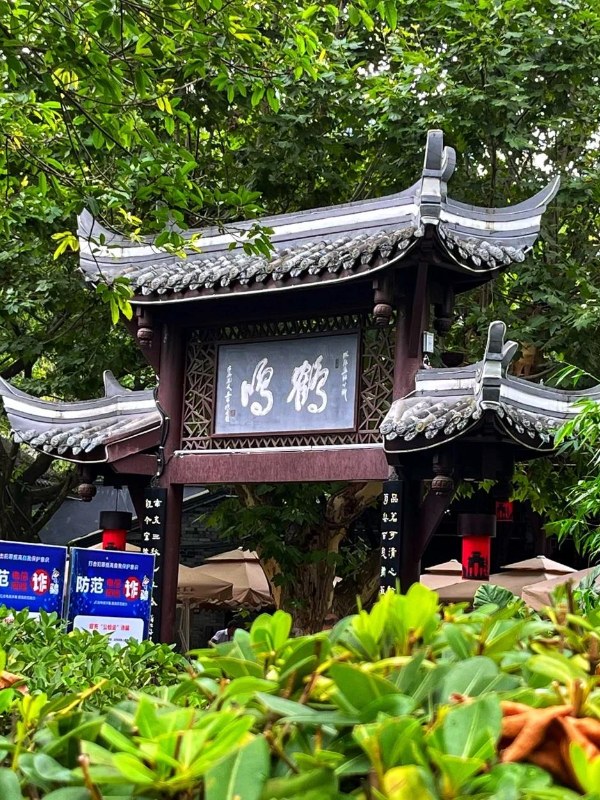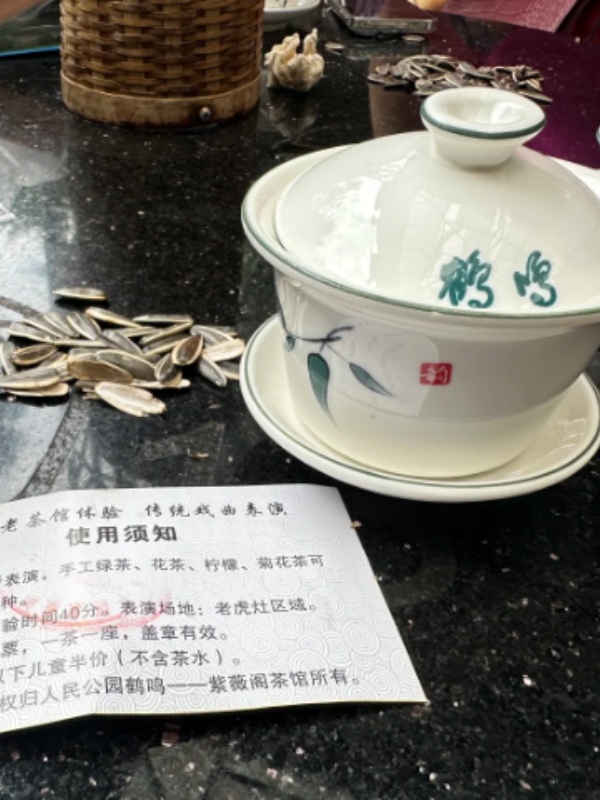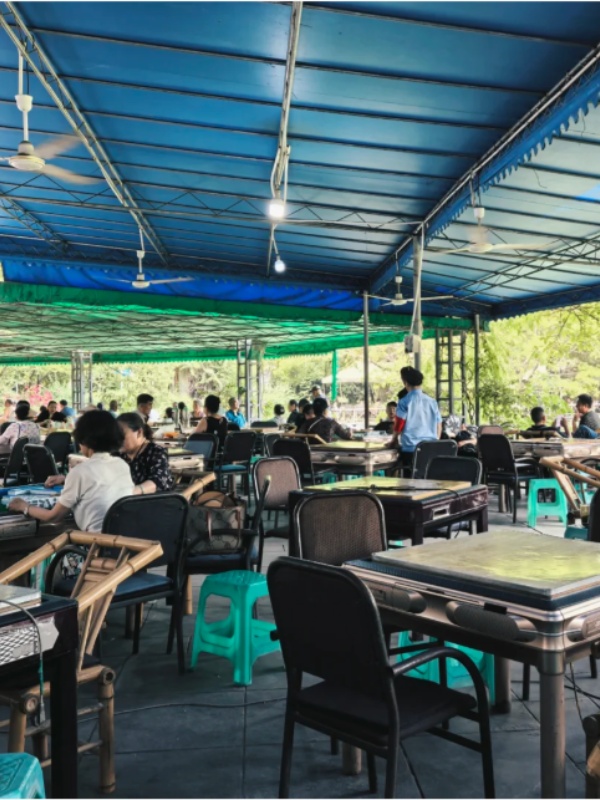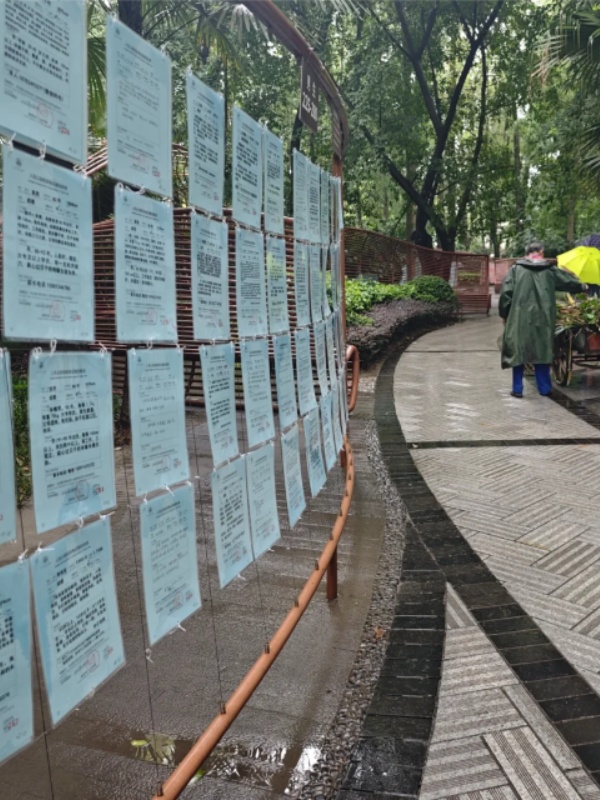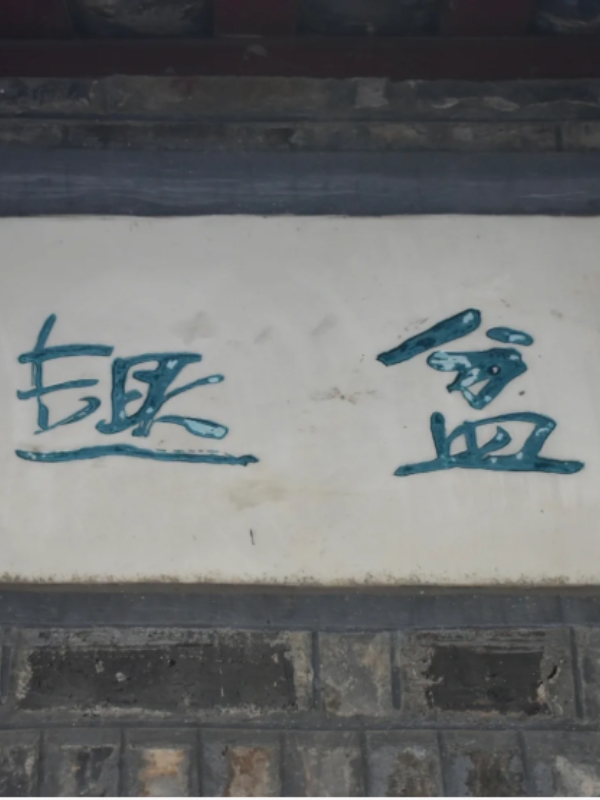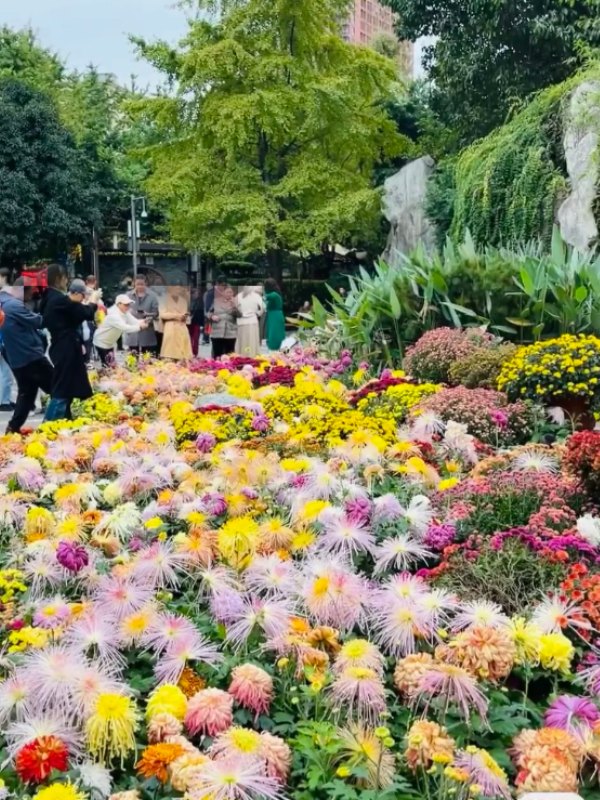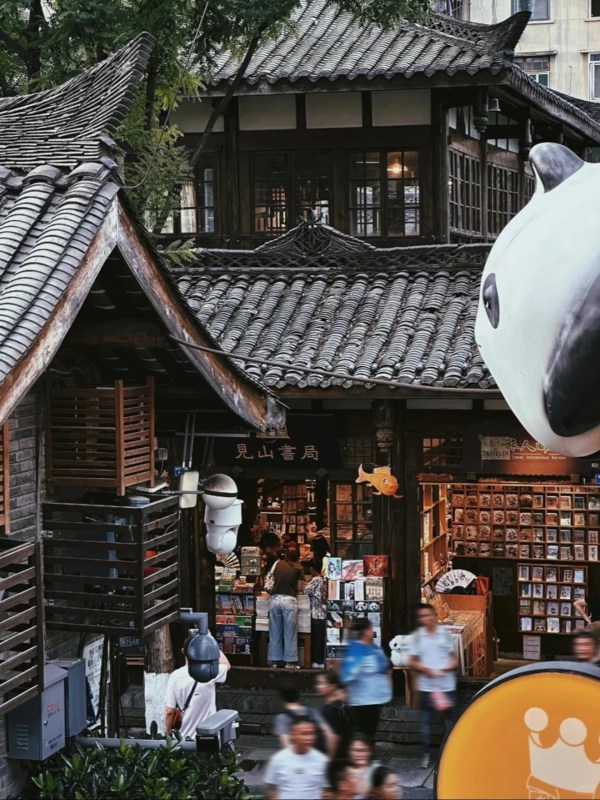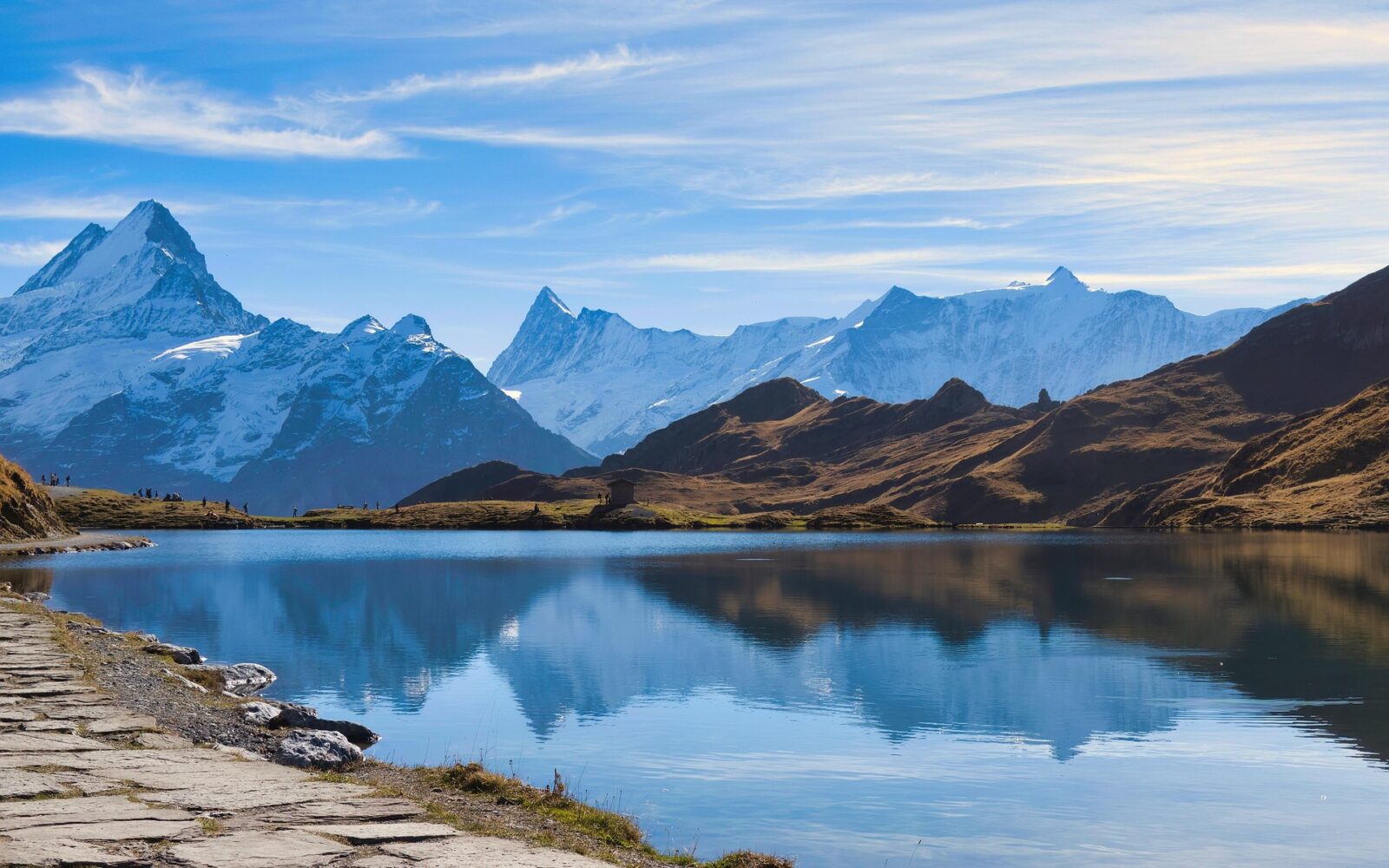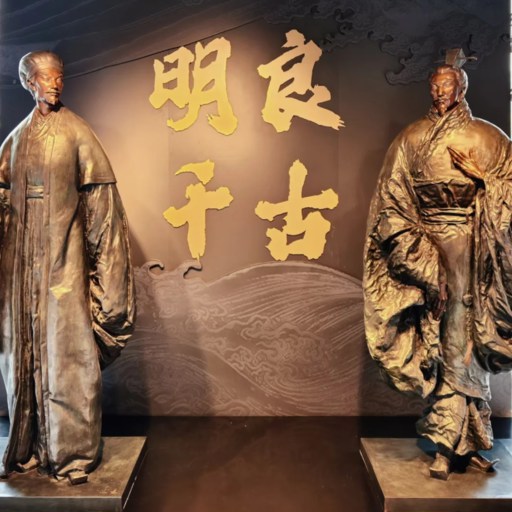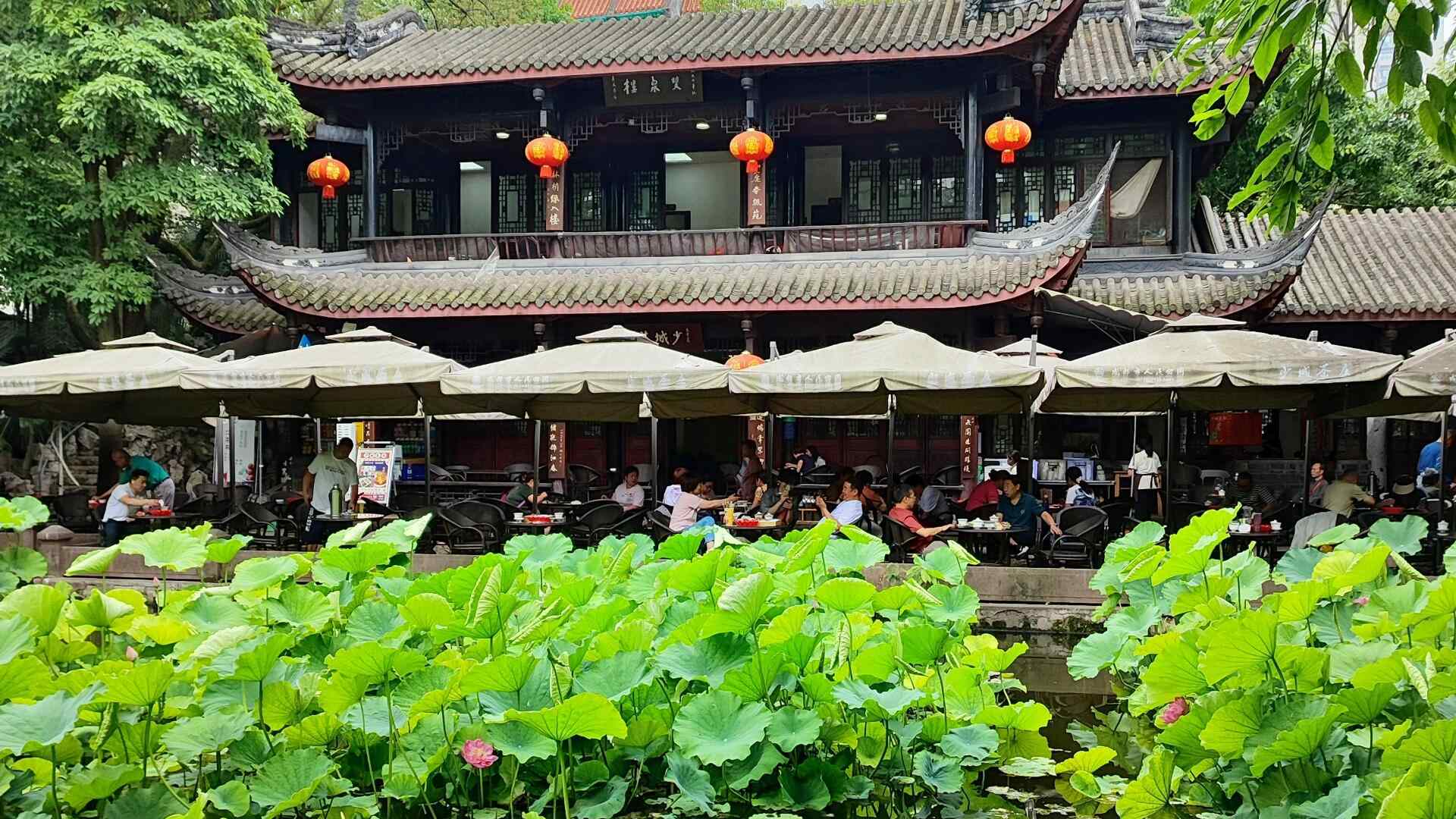
Chengdu People's Park
To truly soak up the laid-back charm of Chengdu, affectionately known as the "City of Ease," there's no better place than the People's Park. Unlike typical urban green spaces, it offers an immersive experience into the essence of Chengdu's charm. Here, you can witness locals engaged in traditional pastimes like playing mahjong, enjoying ear cleaning services, and practicing calligraphy by the lake. These everyday scenes not only showcase the city's unique leisure culture but also provide a window into the daily lives of its residents.
This article peels back the layers of this beloved public space, exploring its rich history, vibrant Sichuan traditions like tea culture and folk art, and the everyday rhythms that make it a living snapshot of local life. Let's embark on this fascinating journey to discover what makes Chengdu's People's Park so special.
Quick Info of Chengdu People's Park
| Info Details | Description |
|---|---|
| 📍 Location | 9 Citang Street, Qingyang District, Chengdu |
| 💰 Entrance Fee | Free entry most of the year; ¥12 during flower shows; ¥18 during major festivals |
| 🕒 Opening Hours | April–November: 6:30 a.m.–10 p.m.; December–March: 6 a.m.–10:30 p.m. |
| 🌸 Best Time to Visit | Spring and early autumn for mild weather and lotus blossoms |
Sip, Chat, Repeat — Inside Chengdu People’s Park’s Timeless Tea Culture
- Price Table
- Heming Teahouse
- Having A Leisurely Tea
Heming Teahouse - a Century of Bamboo Chairs and Jasmine Scent
Heming Teahouse, or 鹤鸣茶馆, is located right in the heart of the park. It opened in the beginning of last century and yet still remains vivid, somehow! Every step you take in on the rainbow-wood floor causes bamboo chairs to creak softly. The waiters swing long-spouted kettles with skill - like clowns keeping up all those plates can seem no trouble at all. Tea costs ¥20-50 per person; the price depends on variety. You can book through Ctrip or simply walk up - nearly every seat is filled, but somehow feeling that bustle is more fun!
here you might let yourself go and lose time; perhaps the way I did once when I sat for hours on end without realizing that night was falling. Contrary to appearances, locals around you are discussing issues of state. Friends sit down to play cards. There is always someone near you willing to syringe your ears at a cost of Y RMB 100 ($12). It's clamorous and cozy too--like some never-ending family reunion, full of speaking voices or laughter.
Tea Culture, Ear-Cleaning, and Simple Banter—Chengdu Leisure Times
In Chengdu People’s Park, when tea and the locals are all together, it ceases to be just a drink. Handle, the porcelain cup clicks softly in your hand and steam wreathes up before your eyes: suddenly you are taking full part in an almost 2000-year-old ceremony. Locals advocate jasmine tea, light and fragrant, which they reckon can stretch out an afternoon's chat. When you hear the two taps on its lid, it is not impatience but an invitation: Fill me up or else let's yarn. Stories travel in this fashion.
If you've got any curiosity, join in the famous Chengdu ear-cleaning. It sounds terrible — even somewhat uncomfortable--but yet it feels that something good has been achieved. The ear surgeons twirl slender silver rods in a precise flicker that is nearly musical. They say it is good for the spirit and your concentration: “Clean ears, Y sound mind.” Once you give it a go, you may well be inclined to agree.
Loved Chengdu People’s Park? Then you’ll want to see Must-See 12 Parks in China Insider’s Guide 2025
Slow Days, Bright Smiles — Everyday Life Inside Chengdu People’s Park
- Mahjong
- Matchmaking Corner
Mahjong, Matchmaking, and Morning Exercises — Real Stories in Motion
Go to the park early in the morning and Chengdu's People's Park seems almost asleep, softly stretching itself into the dawn. Groups practicing Tai Chi. They move like softly undulating waves gracing the surface of a lake. Sometimes there is music on the air—pop tunes from the 80’s, rhythm of hand drums. Near the umbrellas, a law unto itself is the matchmaking corner. Parents set up their children’s hieroglyphic profiles here and exchange pleasantries which sound like a lifelong duel fought all day long. A father boasts how he is ought to: “Her English is excellent, my daughter studied in the States.” Then another father laughs, his eyes skipping over the paper as if reading a resume.
Walk a little further along, and the clack-click of mahjong tiles greets you like a heartbeat. It’s a small world, one where jokes fly fast and everyone knows everyone else. If you want to join in the fun, you can rent a set of mahjong tiles for ¥20 a set and get your ¥100 deposit back when you return them all. No one is harried. It’s not a slow pace, but rather measured – the sort of tranquillity that comes only when people let time flow in its own rhythm.
Lakeside Walks, Flower Shows, and Family Gatherings — There Are Many Ways to Spend a Slow Daybr
By noon sunlight flares off the lake in bits of green and gold. You can rent a pedal boat for ¥50-80 per hour that holds a crew of 2-4 people, and gradually paddle your way across the water—one strum against lotus stem after another. Wanna give it a try? Just make for the small dock on the lake by air, or if you believe the locals a little more closely – that’s Chengdu's slow rhythm. And twice a year the park erupts in color—a flower show fills every nook and cranny with chrysanthemums and orchids, their English banners plumply proclaiming: 'HAPPY BLOOM TIME!' Entire families get up; kids race around crazy for ice cream. The air carries on itself a smell of grilled tofu faintly flavored with sweet rice.
You walk away, smiling for no reason. Grandparents grin around flowers, hawkers chat with strangers, every sound seems cozy like it has been wrapped in warmth. It’s mean, noisy and wholly vibrant — the kind of confusion which makes you want to stay a lot longer than planned in return.
Want to know what makes Chengdu so chill yet vibrant? Read 2025 Chengdu Travel Guide: Top Things to Do in Chengdu
Hidden Corners of Chengdu People’s Park — Culture, Art, and Everyday Wonders
- Bonsai Lane
- Chrysanthemum Festival
Orchid Garden and Bonsai Lane - Where Nature Meets Art.
Step into the Orchid Garden and time seems to change all together.The air feels heavy with the scent of flowers and damp soil, and even your steps slow down.In sunlight that filters through trees, many of these orchids look like painted brush strokes: Rows of pale pinks abide next to blazing purple confidence.Some locals bend their heads close to take pictures, others compare one petal with the next in a kind of silent art show. Quiet but not empty – more like the sort of silence that contains its own reply.On festival days, you can get in celebrated and receive ¥8-12, but on most days of the year, peace comes free.
Just around the corner is Bonsai Lane, a place where each tree seems to have been feeling out its own path in the woods. Every one of them curls into a pattern slow and deliberate- almost a conversation between human patience and the will of nature.Your eyes will almost certainly rest here for a moment, without any conscious thought, on the miniature landscapes that sit in every earthenware pot. And it's amazing how such a tiny place can open your mind that wide.
The Chrysanthemum Festival — Chengdu’s Seasonal Bloom
If you're in Chengdu and it's between late October and November, you cannot miss the Chrysanthemum Festival. Loud, vivid and somehow intimate at once. Every inch is filled with flowers and the flowers are formed into such shapes as dragons, bridges and pandas wearing wreaths made of blossoms. The scent is like something thick, sweet — a mixture of blossoms and roasted chestnuts wafting from food stalls. Children chase bubbles, rakishly attired vendors crack low jokes, and the crowd moves like a big wave.
There's no hurry. Everyone flows along with the rhythm- flowers are the time beat.¥10, served with an easy smile, will get you a cup of tea near the main path. The warmth of it fits in perfectly with the cool air. You might find yourself chatting with an old woman, who smiles without any prompting at all as she talks of local things and even about places you have never been. Suddenly, the day sweeps around you like an old story.
Music Corners and Calligraphy Paths — The City’s Rhythm in the Park
Turn east from the theater and follow the sound of music. Under the arch beside the north gate of Wangjiang Park, you will be greeted by a thing more akin to family than any performance- At five o'clock every afternoon, a circle consisting entirely of retirees takes form. Each holds their instrument- erhu?or flute?- even a compact disc player to supplement the rhythm when needed. The man sings off-key, yet the other still wearing a broad grin joins in all the same. In that mood even you yourself might find you are smiling along without knowing it, and tapping your foot.
The music is not perfect, but it is alive. That suffices.On a step path at calligraphy corner, you can watch men write with water on the stones. And when the characters dry up, their shapes glisten then a bit later disintegrate entirely.One morning I asked a man who was writing something what he was putting down. He looked up and smiled, he sent his brush out to shape the characters as hollow river channels that caught rain and finally snow-fed drops of water. "Wú Cháng", the characters then disappeared on the board. And yet for a good while after they had gone, you were left with the fragrance of something real in air but what was its name? That is Wangjiang Park in Chengdu- never one to push itself forward, but every time memorable.Looking for the coolest spots in Chengdu?
Don’t miss Discover the Best Things to Do in Chengdu: Top Attractions for 2025
The Untold Stories Behind Chengdu People’s Park — What You Might Want to Know
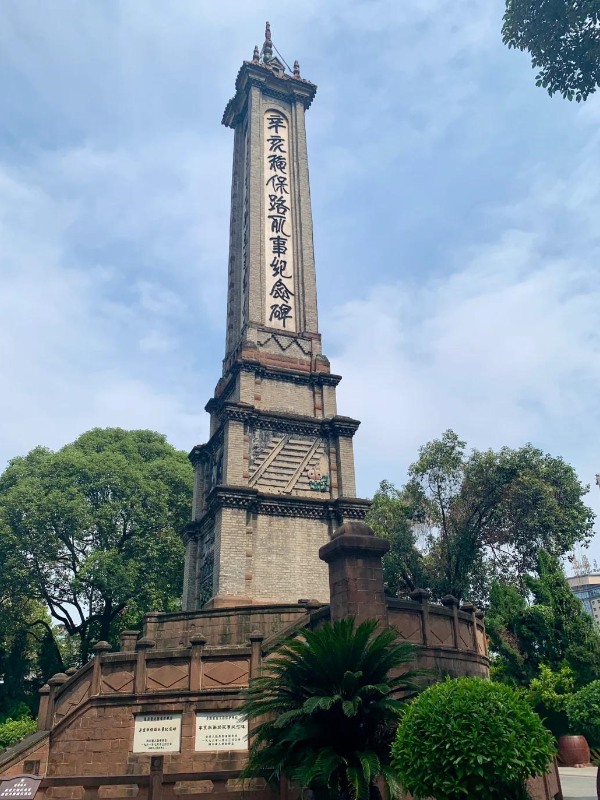
The Railway Protection Monument
From Shaocheng Garrison to People’s Park — How History Was Planted
Chengdu People’s Park was not always a space of leisure. Established in 1911 under tsing dynasty before being redeveloped as Shaocheng Park--a green escape for city-dwellers forced to perform military service in a small garrison). Its history reflects the city’s development from an imperial keep to modern community space. (When the locals speak to their elders even now and call it Shao City Park, it feels warmer as though reminding an ancestor.
100 years and still going strong, the ancient trees whisper stories in cypress knots: the young couple taking wedding photos look like guardsmen at their posts. The interplay between memory and movement brings life to the park.
The Railway Protection Monument – Chengdu’s Spirit Incarnate
Beside the east gate, there stands the Railway Protection Movement Monument--a tall gray mass of a structure that goes back to that protest in 1911 that changed China. You could literally walk past its front and have nothing in your head but still flowers are left there by locals every Memorial Day. This is more than a monument. In the silent city it stands impressive, reminding oneself to roar for justice too. The monument has been bombed, flooded out and rebuilt -- but like Chengdu itself, it holds on quietly.
Local Legacy — Why This Park Still Feels Like Chengdu’s Living Room
Ask any true Chengdu person where real life happens and they will tell you– – people come here to feed goldfish with their children; old men drink tea from morning till night; and young ladies bedeck the camphor tree in yarn. It’s not a tacky park–it’s home for all of us!
Travel Tips for Visiting Chengdu People’s Park
Tip 1: Respect Local Culture and Etiquette
When you visit Chengdu People’s Park, show respect for the city’s easy rhythm. Always ask before taking photos of locals playing mahjong or dancing. A simple “Kěyǐ pāizhào ma?” (Can I take a photo?) works wonders. In teahouses like Heming, move with the slow pace. Nod politely when tea is poured, and tilt your lid slightly to ask for a refill. Keep your voice low, and enjoy small talk without rushing. If someone invites you to play mahjong, join in for fun, not for winning. Locals value warmth more than skill, and a smile bridges any language gap.
Tip 2: Stay Practical — Payment, Language, and Weather
Bring both cash and mobile payment options. Most stalls accept WeChat Pay or Alipay, but small bills are useful too. When language feels tricky, use translation apps like Google Translate or Youdao. Download Chinese offline packs so you can still communicate. Chengdu’s weather changes fast — light clothes and sunscreen in summer, warm layers and waterproof shoes in winter. Spring and autumn can shift from warm days to cool evenings, so keep an extra jacket handy.
Tip 3: Plan Smart — Timing, Routes, and Safety
Visit early morning or late afternoon to avoid the crowds. Heming Teahouse can get packed on weekends, and lines may stretch over an hour. Bring an umbrella; Chengdu loves its sudden rain showers. Keep your valuables close and zipped when sipping tea or taking photos. If you get lost, follow the signs toward “People’s Park North Gate” or ask a security guard in uniform for help. When heading to nearby spots like Kuanzhai Alley or Jinli, use clear landmarks or show drivers the Chinese names. That way, your day flows as smoothly as Chengdu’s pace itself.
FAQs of Chengdu People's Park Travel — Practical Answers and Local Insights
Q: What is the world’s largest mall in Chengdu?
A: The New Century Global Center is the world’s largest mall, about 25 minutes by metro from the city center. It includes hotels, restaurants, an ice rink, and even an indoor beach. It’s almost impossible to explore in one day, but the sheer size is jaw-dropping. Chengdu People's Park offers the perfect contrast—peaceful and green after all that shopping. You can easily pair both spots in one day for a mix of modern and traditional Chengdu experiences.
Q: What to do at People’s Park in Chengdu?
A: Start your day at Heming Teahouse, enjoy the classic ear-cleaning service, and wander by the lotus pond. If you’re curious, stop by the matchmaking corner to watch locals post handwritten profiles for their children. Chengdu People's Park gives you a real sense of the city’s easy pace and human warmth. Don’t forget to rent a paddle boat or watch the elderly play mahjong—it’s the perfect window into Chengdu’s daily life.
Q: What is People’s Park known for?
A: The park is loved for its teahouse culture, relaxed energy, and spontaneous mahjong games. It’s where you see locals chat for hours, sip tea, and forget time. Chengdu People's Park is famous because it captures what slow living really means in this part of China. The park’s unique vibe shows why Chengdu is often called China’s most livable city.
Q: Is Chengdu cheap or expensive for travelers?
A: Chengdu is generally budget-friendly. Tea costs ¥15–30, street food ¥10–20, and metro rides ¥2–6. Hotels range from ¥350–800 per night for foreign guests. After a few days in Chengdu People's Park, you’ll realize the city’s charm lies in its comfort, not its price tag. Budget travelers can enjoy full days here spending less than ¥150, including meals and transport.
Q: Can foreigners easily pay inside People’s Park?
A: Yes. Both Alipay and WeChat Pay now accept foreign credit cards. Still, carry small cash for older vendors. Digital payments make exploring Chengdu People's Park effortless for modern travelers. For smooth transactions, switch your app language to English and confirm your linked card supports Chinese yuan payments.
Q: How do I get to Chengdu People’s Park?
A: Take Metro Line 2 to People’s Park Station (Exit B), or hop on buses 5, 13, or 47. The station sits right beside the main entrance. Many visitors say Chengdu People's Park is one of the most accessible green spaces in the city. You can even walk there from Tianfu Square in under 20 minutes if the weather is pleasant.
Q: What’s the best time to visit Chengdu People’s Park?
A: Go in the early morning to watch Tai Chi or at sunset for music by the lake. March–May brings fresh blossoms, while October–November hosts the Chrysanthemum Festival. Visiting Chengdu People's Park during these times feels like stepping into a living postcard. Summer afternoons can be hot, so bring sunscreen and a hat if you plan to stay long.
Q: Is there anything to do nearby after visiting the park?
A: Yes, you can walk to Kuanzhai Alley or take the metro to Tianfu Square. Try local snacks or visit the Sichuan Museum next. After exploring nearby attractions, Chengdu People's Park remains the best spot to unwind before ending your day. Cafes and souvenir shops around the east gate also make great spots for a final rest before heading out.
